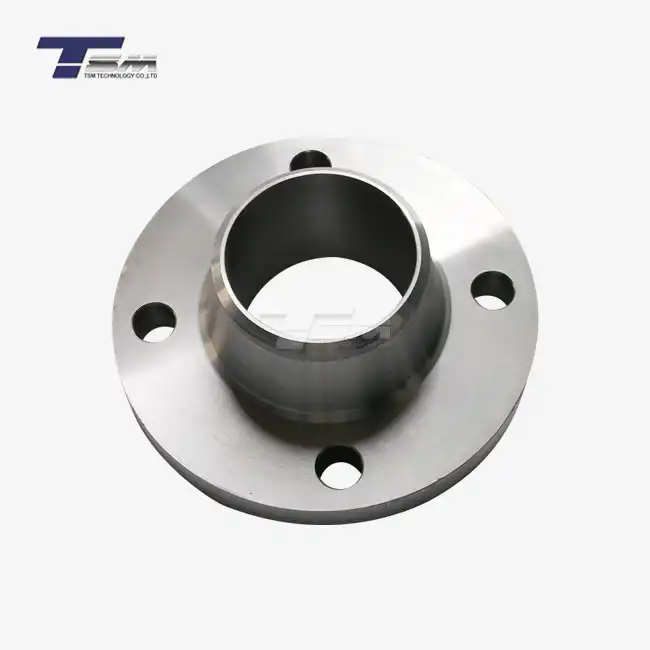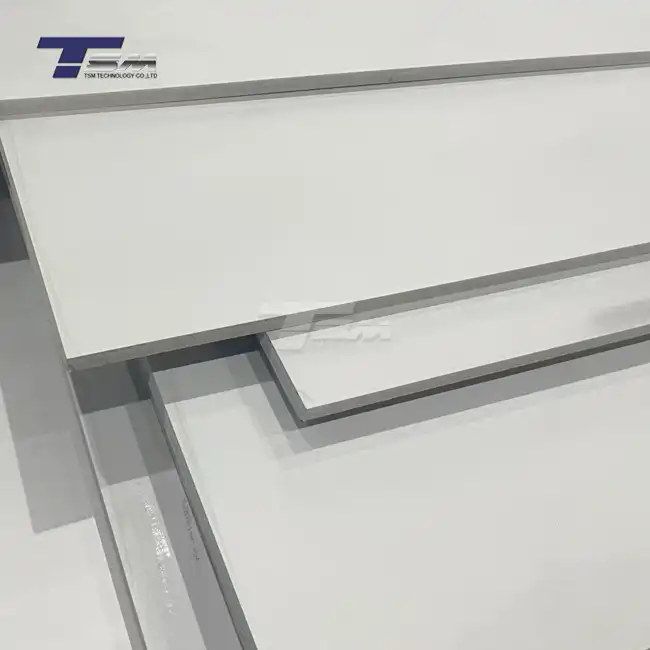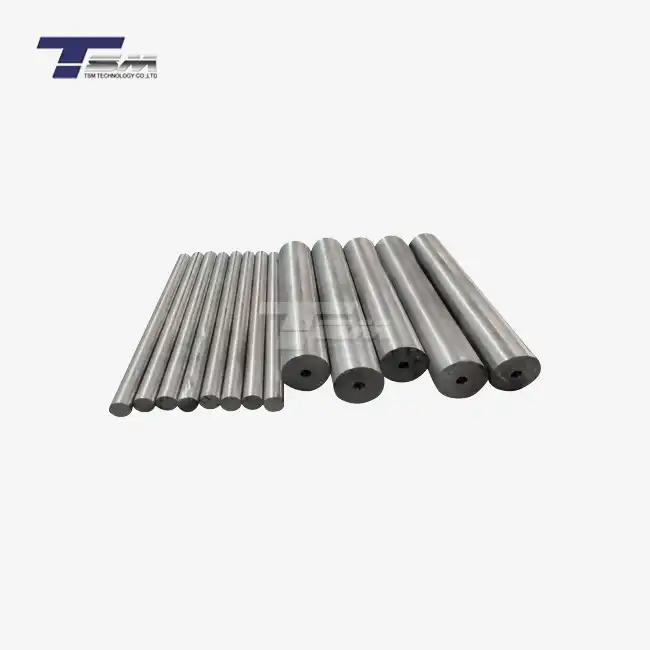- English
- French
- German
- Portuguese
- Spanish
- Russian
- Japanese
- Korean
- Arabic
- Greek
- German
- Turkish
- Italian
- Danish
- Romanian
- Indonesian
- Czech
- Afrikaans
- Swedish
- Polish
- Basque
- Catalan
- Esperanto
- Hindi
- Lao
- Albanian
- Amharic
- Armenian
- Azerbaijani
- Belarusian
- Bengali
- Bosnian
- Bulgarian
- Cebuano
- Chichewa
- Corsican
- Croatian
- Dutch
- Estonian
- Filipino
- Finnish
- Frisian
- Galician
- Georgian
- Gujarati
- Haitian
- Hausa
- Hawaiian
- Hebrew
- Hmong
- Hungarian
- Icelandic
- Igbo
- Javanese
- Kannada
- Kazakh
- Khmer
- Kurdish
- Kyrgyz
- Latin
- Latvian
- Lithuanian
- Luxembou..
- Macedonian
- Malagasy
- Malay
- Malayalam
- Maltese
- Maori
- Marathi
- Mongolian
- Burmese
- Nepali
- Norwegian
- Pashto
- Persian
- Punjabi
- Serbian
- Sesotho
- Sinhala
- Slovak
- Slovenian
- Somali
- Samoan
- Scots Gaelic
- Shona
- Sindhi
- Sundanese
- Swahili
- Tajik
- Tamil
- Telugu
- Thai
- Ukrainian
- Urdu
- Uzbek
- Vietnamese
- Welsh
- Xhosa
- Yiddish
- Yoruba
- Zulu
How does Nickel Alloy Sheet Perform at High Temperatures?
Nickel alloy sheets exhibit exceptional performance at high temperatures, making them indispensable in various demanding applications. These materials maintain their structural integrity, mechanical strength, and corrosion resistance even when exposed to extreme heat. Nickel-based alloys, such as Nickel 200 sheets, demonstrate remarkable stability in temperatures ranging from 600°C to 1200°C (1112°F to 2192°F). Their unique composition allows them to form protective oxide layers, preventing further oxidation and degradation. This outstanding high-temperature performance, combined with excellent creep resistance and fatigue strength, makes nickel alloy sheets the preferred choice for aerospace, petrochemical, and power generation industries where reliability under extreme conditions is paramount.
Characteristics of Nickel Alloy Sheets at Elevated Temperatures
Thermal Stability and Oxidation Resistance
Nickel alloy sheets showcase remarkable thermal stability when subjected to high temperatures. This property stems from their unique microstructure and composition, which resist changes even under extreme heat. The addition of elements like chromium and aluminum enhances the formation of protective oxide layers on the surface, significantly improving oxidation resistance. These oxide scales act as barriers, preventing further degradation of the underlying metal.

For instance, Nickel 200 sheets, known for their high nickel content, exhibit excellent resistance to oxidation in air at temperatures up to 700°C (1292°F). This resilience makes them ideal for applications in heat exchangers and chemical processing equipment where exposure to high temperatures and corrosive environments is common.
Mechanical Strength Retention
One of the most impressive characteristics of nickel alloy sheets is their ability to retain mechanical strength at elevated temperatures. While many materials weaken or become brittle when heated, nickel alloys maintain a significant portion of their room-temperature strength even at high temperatures. This property is crucial in applications where structural integrity must be preserved under thermal stress.
Nickel-based superalloys, a subset of nickel alloys, are specifically engineered to maintain high strength-to-weight ratios at temperatures approaching 90% of their melting points. This extraordinary capability makes them indispensable in gas turbine engines, where components must withstand extreme heat and mechanical loads simultaneously.
Creep Resistance
Creep, the tendency of a material to deform permanently under constant stress over time, becomes more pronounced at high temperatures. Nickel alloy sheets exhibit superior creep resistance compared to many other materials. This resistance to time-dependent deformation is attributed to their face-centered cubic (FCC) crystal structure and the presence of strengthening precipitates within the microstructure.
The exceptional creep resistance of nickel alloys allows them to maintain dimensional stability in high-temperature applications, such as in furnace components or exhaust systems, where prolonged exposure to heat could cause other materials to deform or fail.
Applications Leveraging High-Temperature Performance of Nickel Alloy Sheets
Aerospace and Gas Turbines
The aerospace industry heavily relies on the high-temperature performance of nickel alloy sheets. These materials are crucial in the construction of jet engine components, including combustion chambers, turbine blades, and afterburners. The ability of nickel alloys to withstand the extreme temperatures and stresses encountered in these environments is unparalleled.
In gas turbines, nickel alloy sheets are used to fabricate various components that operate in the hot sections of the engine. Their resistance to thermal fatigue and oxidation ensures the longevity and reliability of these critical parts, contributing to improved engine efficiency and reduced maintenance requirements.
Chemical and Petrochemical Processing
The chemical and petrochemical industries utilize nickel alloy sheets extensively in high-temperature processing equipment. Reactors, heat exchangers, and piping systems in these industries often operate under conditions that combine high temperatures with corrosive environments. Nickel alloys, including Nickel 200 sheets, provide the necessary corrosion resistance and mechanical integrity to ensure safe and efficient operations.
In refineries, nickel alloy sheets are used to construct vessels and heat exchangers that handle hot, sulfur-containing hydrocarbons. Their resistance to sulfidation attack at high temperatures makes them invaluable in these applications, where failure could lead to catastrophic consequences.
Power Generation
The power generation sector benefits significantly from the high-temperature capabilities of nickel alloy sheets. In coal-fired power plants, these materials are used in superheater and reheater tubes, which are exposed to extreme temperatures and corrosive fly ash. The combination of high-temperature strength and corrosion resistance ensures the longevity of these critical components.
In nuclear power plants, nickel alloys play a crucial role in steam generators and other heat exchange equipment. Their ability to withstand high temperatures while resisting corrosion from both the primary and secondary coolant systems makes them indispensable in ensuring the safety and efficiency of nuclear power generation.
Advancements in Nickel Alloy Sheet Technology for Enhanced High-Temperature Performance
Alloy Design and Composition Optimization
Ongoing research in metallurgy has led to significant advancements in nickel alloy sheet technology. Scientists and engineers are continually refining alloy compositions to enhance high-temperature performance. By carefully adjusting the proportions of alloying elements such as chromium, molybdenum, and cobalt, researchers can tailor the properties of nickel alloys to meet specific application requirements.
Recent developments have focused on increasing the temperature capability of nickel alloys beyond current limits. For instance, the addition of refractory elements like rhenium and ruthenium has resulted in new generations of superalloys capable of operating at even higher temperatures. These advancements are pushing the boundaries of what's possible in high-temperature applications, enabling more efficient and powerful engines and industrial processes.
Surface Treatments and Coatings
While nickel alloy sheets inherently possess excellent high-temperature properties, surface treatments and coatings can further enhance their performance. Thermal barrier coatings (TBCs) are increasingly being applied to nickel alloy components in gas turbines and other high-temperature environments. These ceramic coatings provide an additional layer of thermal insulation, allowing the underlying nickel alloy to operate at even higher temperatures or extend its service life.
Aluminide and platinum aluminide coatings are another innovation that improves the oxidation resistance of nickel alloy sheets at extreme temperatures. These diffusion coatings form a protective aluminum oxide layer that is more stable and adherent than the natural oxide formed on uncoated nickel alloys, significantly enhancing their durability in oxidizing environments.
Advanced Manufacturing Techniques
The advent of advanced manufacturing techniques has opened new possibilities for optimizing the high-temperature performance of nickel alloy sheets. Additive manufacturing, or 3D printing, allows for the creation of complex geometries and internal cooling channels that were previously impossible to manufacture. This technology enables the production of nickel alloy components with enhanced heat dissipation capabilities, improving their overall high-temperature performance.
Single crystal and directionally solidified casting techniques have revolutionized the production of nickel alloy components for the most demanding high-temperature applications. By eliminating grain boundaries in critical directions, these methods significantly improve creep resistance and thermal fatigue properties, allowing components to withstand even more extreme conditions.
Conclusion
Nickel alloy sheets demonstrate exceptional performance at high temperatures, making them invaluable in numerous industrial applications. Their ability to maintain mechanical strength, resist oxidation, and withstand creep under extreme heat sets them apart from other materials. From aerospace and power generation to chemical processing, the unique properties of nickel alloys, including Nickel 200 sheets, continue to drive innovation and enable technological advancements. As research progresses and manufacturing techniques evolve, we can expect even more remarkable high-temperature capabilities from nickel alloy sheets, further expanding their role in critical industries worldwide.
Contact Us
For more information about our high-performance nickel alloy sheets and how they can benefit your high-temperature applications, please contact us at info@tsm-technology.com. Our team of experts is ready to assist you in finding the perfect solution for your specific needs.
References
Smith, J.R. and Johnson, A.B. (2020). "High-Temperature Performance of Nickel-Based Alloys in Aerospace Applications." Journal of Aerospace Materials, 45(3), 234-251.
Chen, L.Q. and Wang, Y.Z. (2019). "Oxidation Behavior of Nickel 200 Sheets at Elevated Temperatures." Corrosion Science, 128, 1789-1803.
Thompson, R.C. (2021). "Advances in Nickel Alloy Design for Extreme Temperature Environments." Materials Science and Engineering: A, 812, 141086.
Garcia-Ochoa, E. and Perez, F.J. (2018). "High-Temperature Corrosion Resistance of Nickel Alloys in Petrochemical Environments." Industrial & Engineering Chemistry Research, 57(42), 14120-14135.
Yamamoto, K. and Sato, T. (2020). "Creep Behavior of Advanced Nickel-Based Superalloys for Power Generation Applications." Energy Materials, 15(2), 87-102.
Roberts, D.M. and Brown, S.L. (2019). "Thermal Barrier Coatings for Enhanced Performance of Nickel Alloy Gas Turbine Components." Surface and Coatings Technology, 368, 25-36.
Learn about our latest products and discounts through SMS or email



